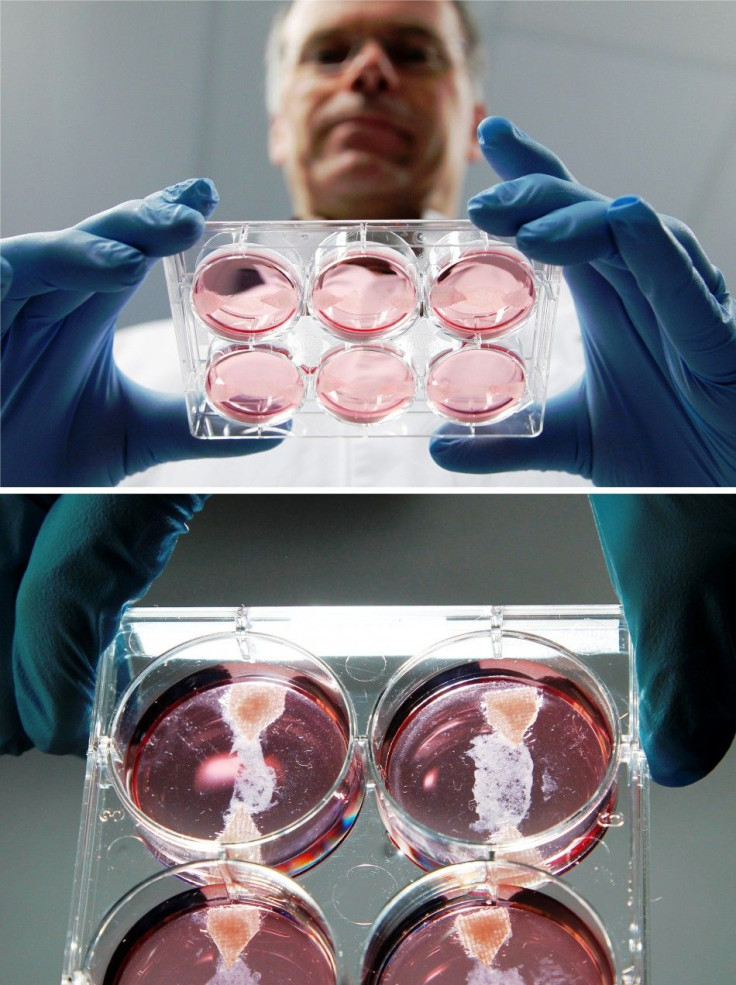Coming Soon: 'Man-Made Hamburger' from Petri Dish to the Table

Scientists at Oxford University’s Wildlife Conservation Research Unit have come up with an alternative way to meet the ever-growing demand for meat by replacing slaughtered livestock with lab-grown “cultured” meat.
Scientists trying to make the world's first in-vitro meat burger have nurtured the stem cells derived from the leftovers of slaughterhouses and grown them in laboratory Petri dishes under control conditions, according to a Reuters report. According to one of the lead researchers, Mark Post, the stem cells were fed with sugar, amino acid, lipids, minerals and other necessary nutrients to produce a healthier, man-made meat.
They have successfully produced a few microscopic pale “muscle-like strips,” each 2.5 cm long and less than one centimeter wide following the in-vitro procedure in the laboratory.
It looks pale as it is devoid of blood; “it looks like flesh of scallops,” said Post.
The idea is that since we are now producing it in the lab, we can play with all these variables and we can eventually hopefully turn it in a way that produces healthier meat, he said.
The meat-like strips produced so far don’t taste that good, but the researchers are expecting to produce the first “mouth-watering” hamburger made of cultured meat shortly, which will cost around 250,000 euros ($345,000) to produce.
“It's hand-made and it's time and labor-intensive, that's why it's so expensive to produce,” said Post. “It needs to be worked on. I believe I can do this in the coming year.
The muscle-like strip “is not very tasty yet, but after adding the right amount of fats, lab-grown blood to get the proper color and iron, including some other ingredients now lacking, Post expects to produce a real tasty, meat-like dish.
This first one will be grown in an academic lab, by highly trained academic staff, he said.
Post, a vascular biologist at the University of Maastricht, Netherlands, told Reuters that the “current livestock meat production is not sustainable,” and looking at the mounting demand of meat from livestock, this cultured meat could be the best alternative to meet future demand.
He said, “With cultured meat we can be more conservative -- people can still eat meat, but without causing so much damage.”
We are not saying that we could, or would necessarily want to, replace conventional meat with its cultured counterpart right now, said Tuomisto, the lead researcher.
Cultured meat, like vegetables, will not only meet the ever-growing demand but will also save lives of millions of animals by feeding humans pseudo-meat that will taste and look exactly like the real thing, he said.
© Copyright IBTimes 2025. All rights reserved.





















